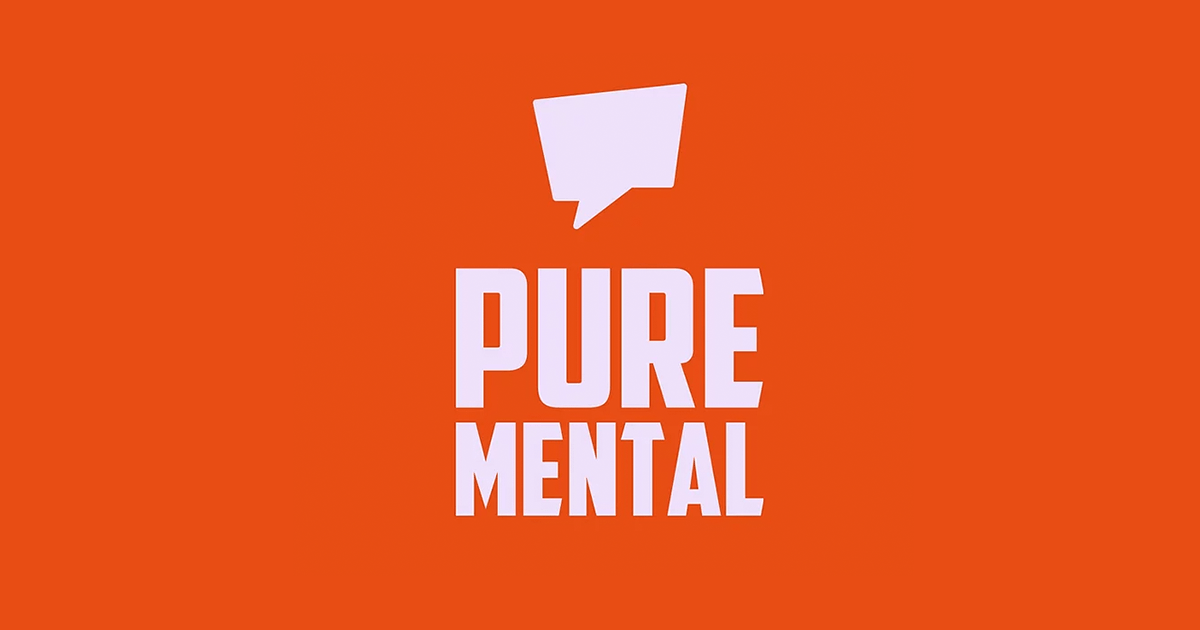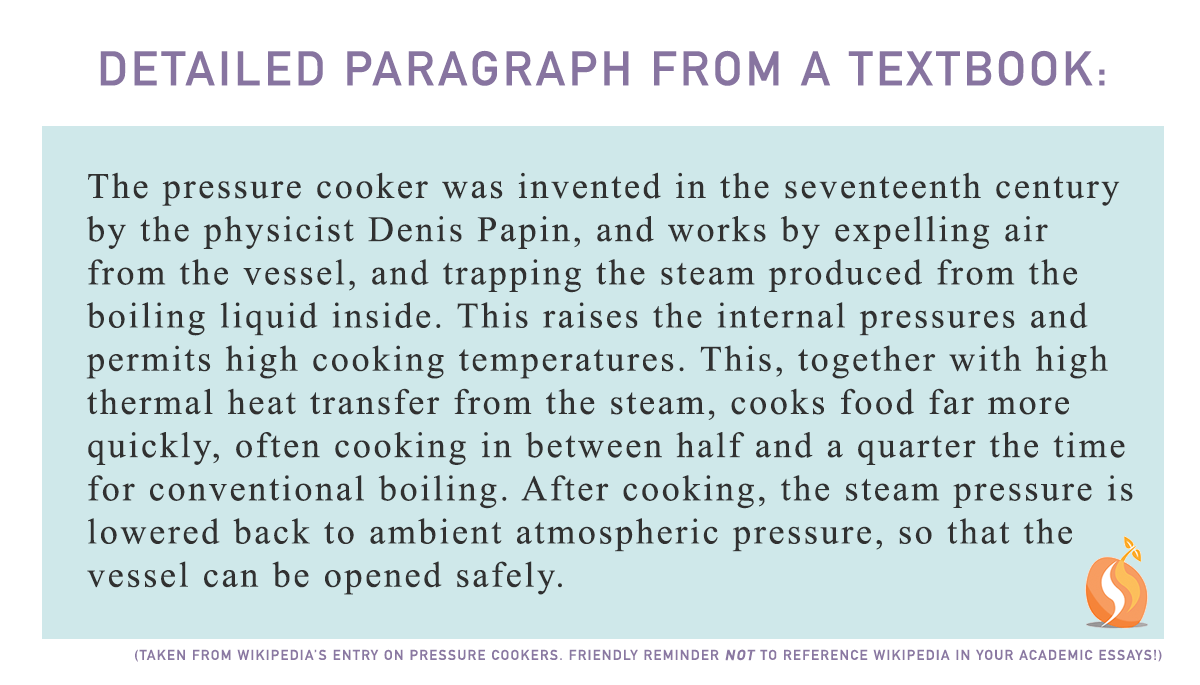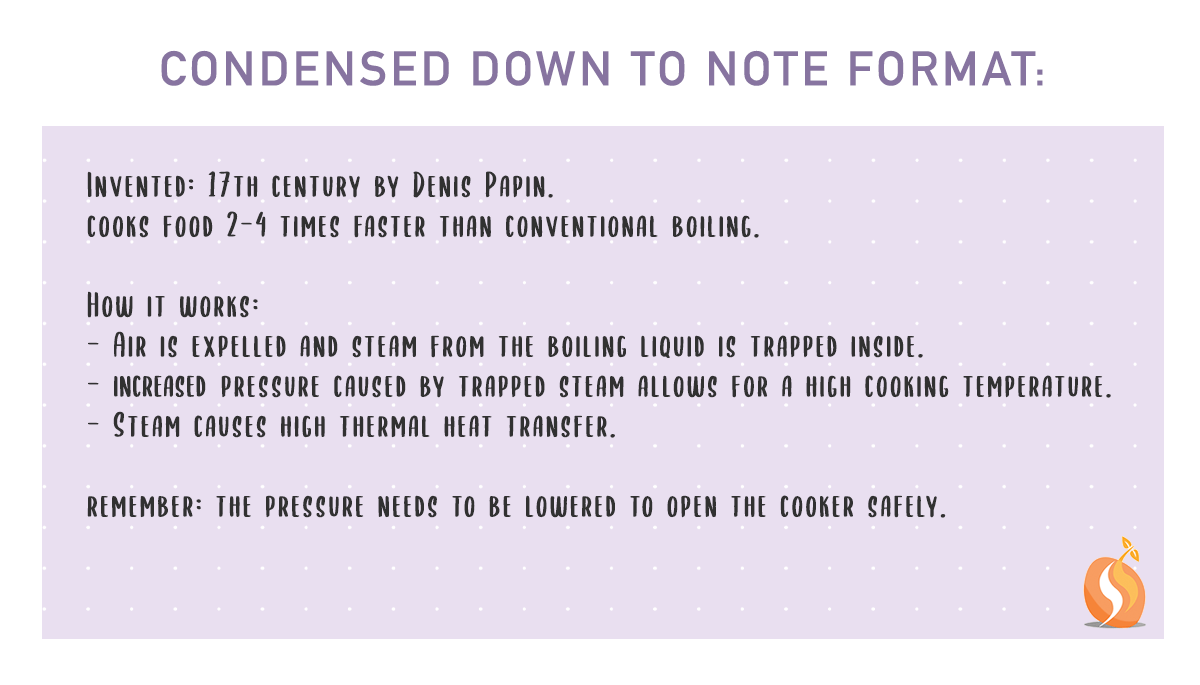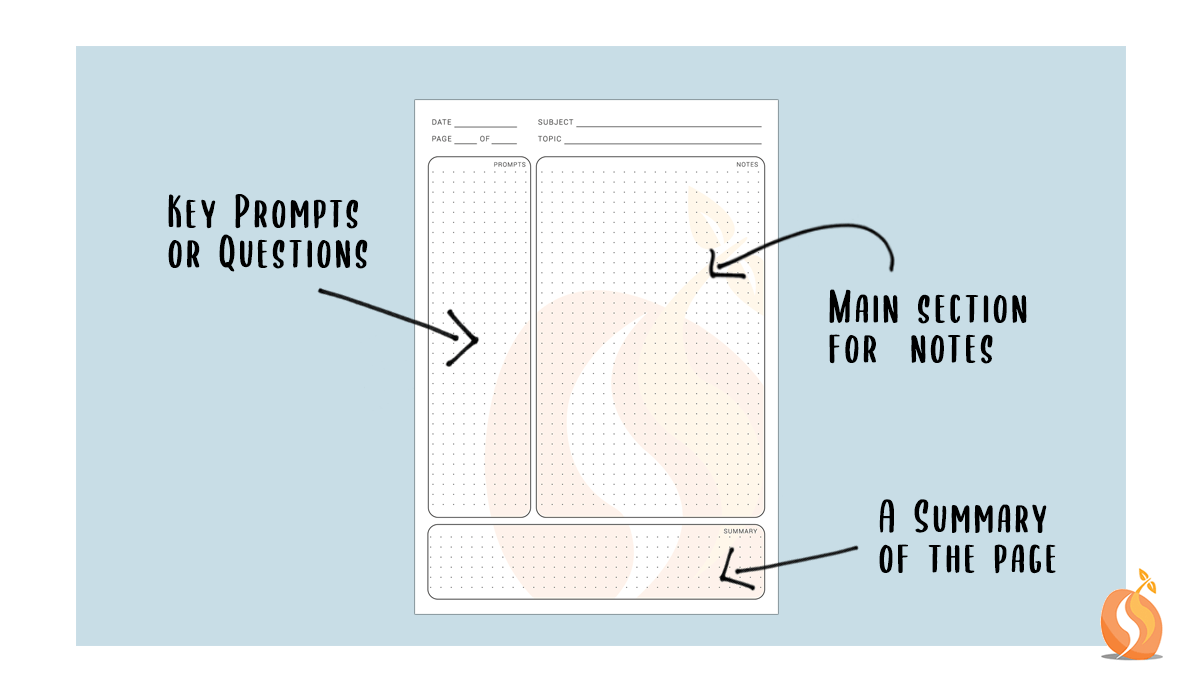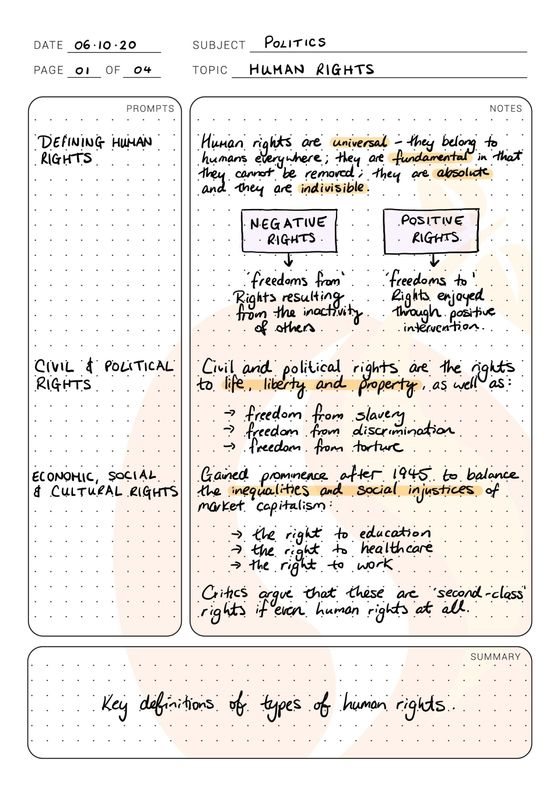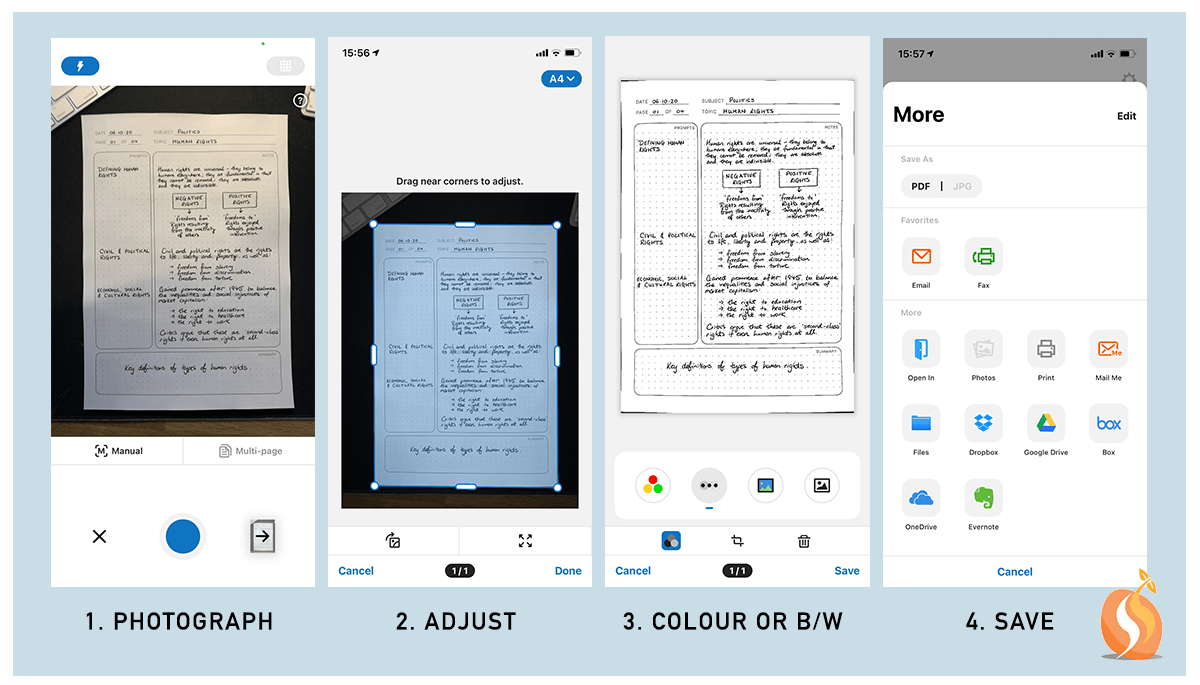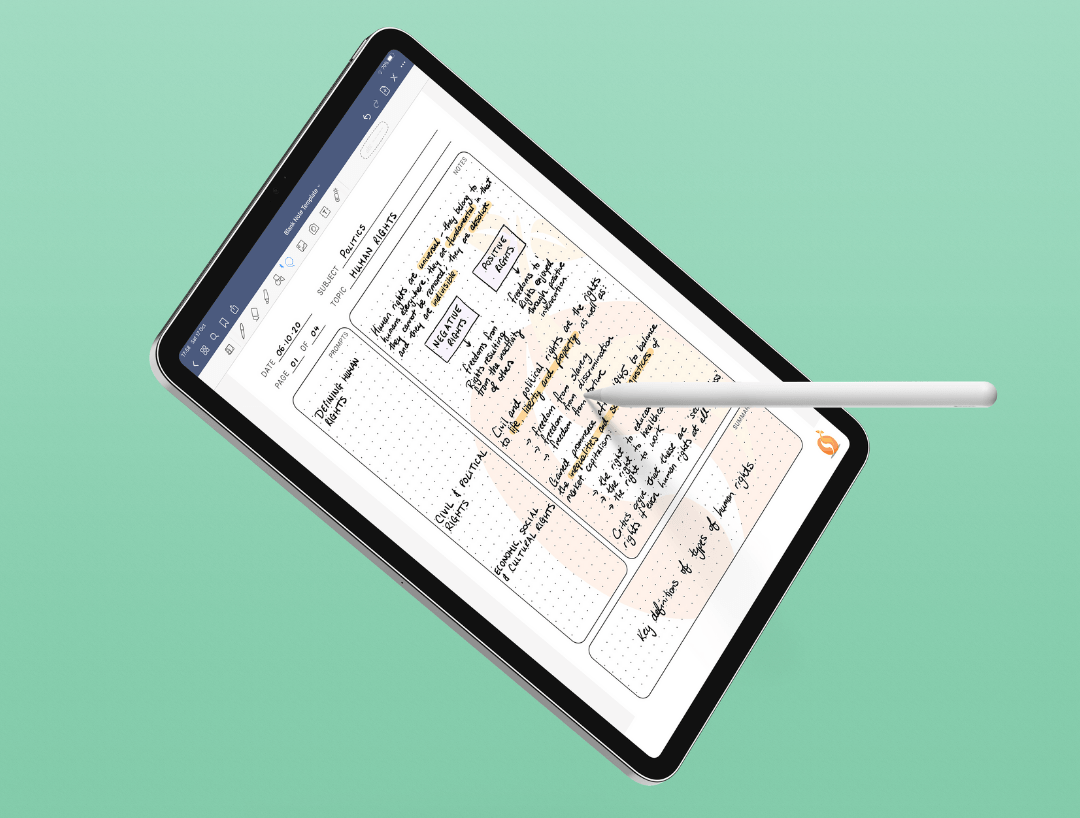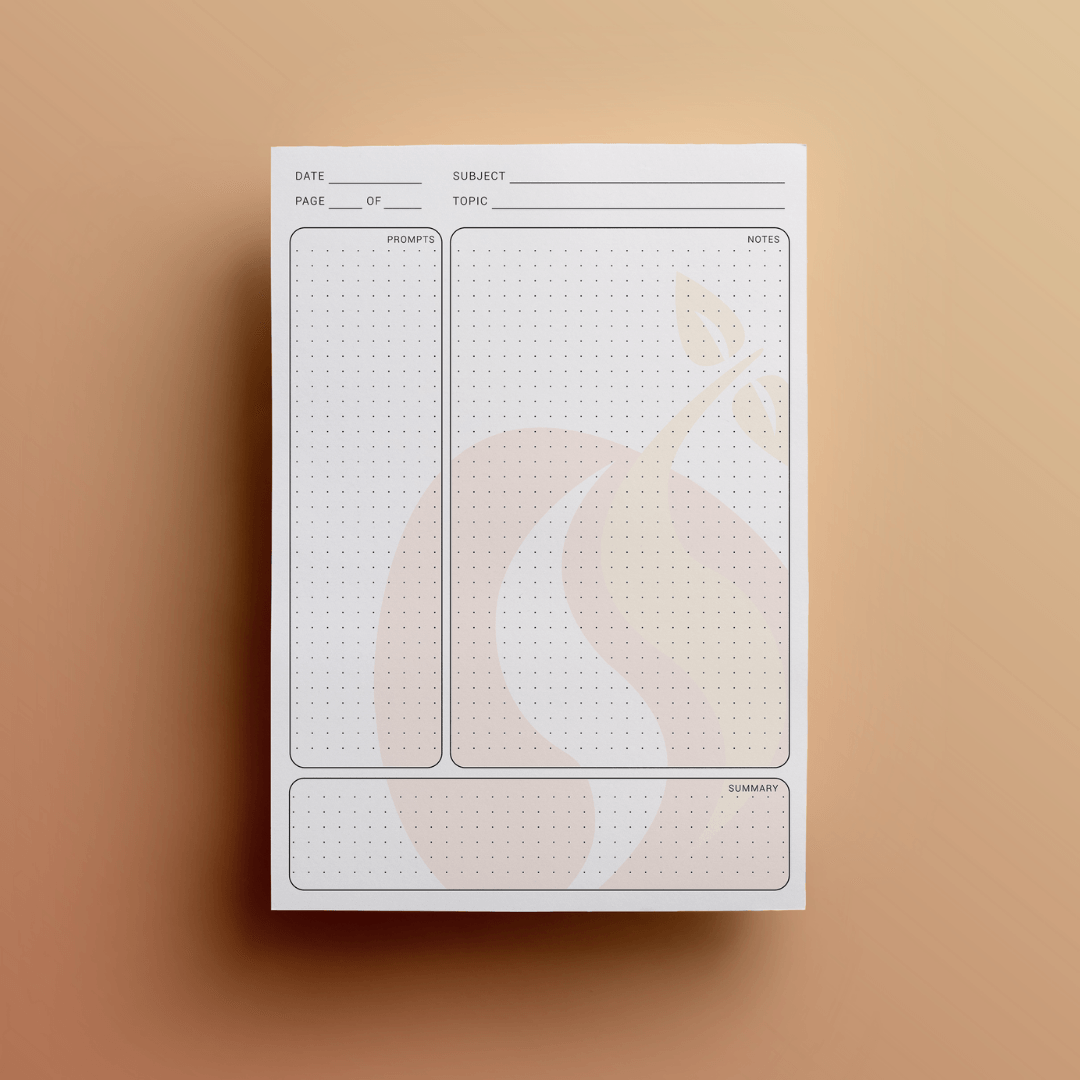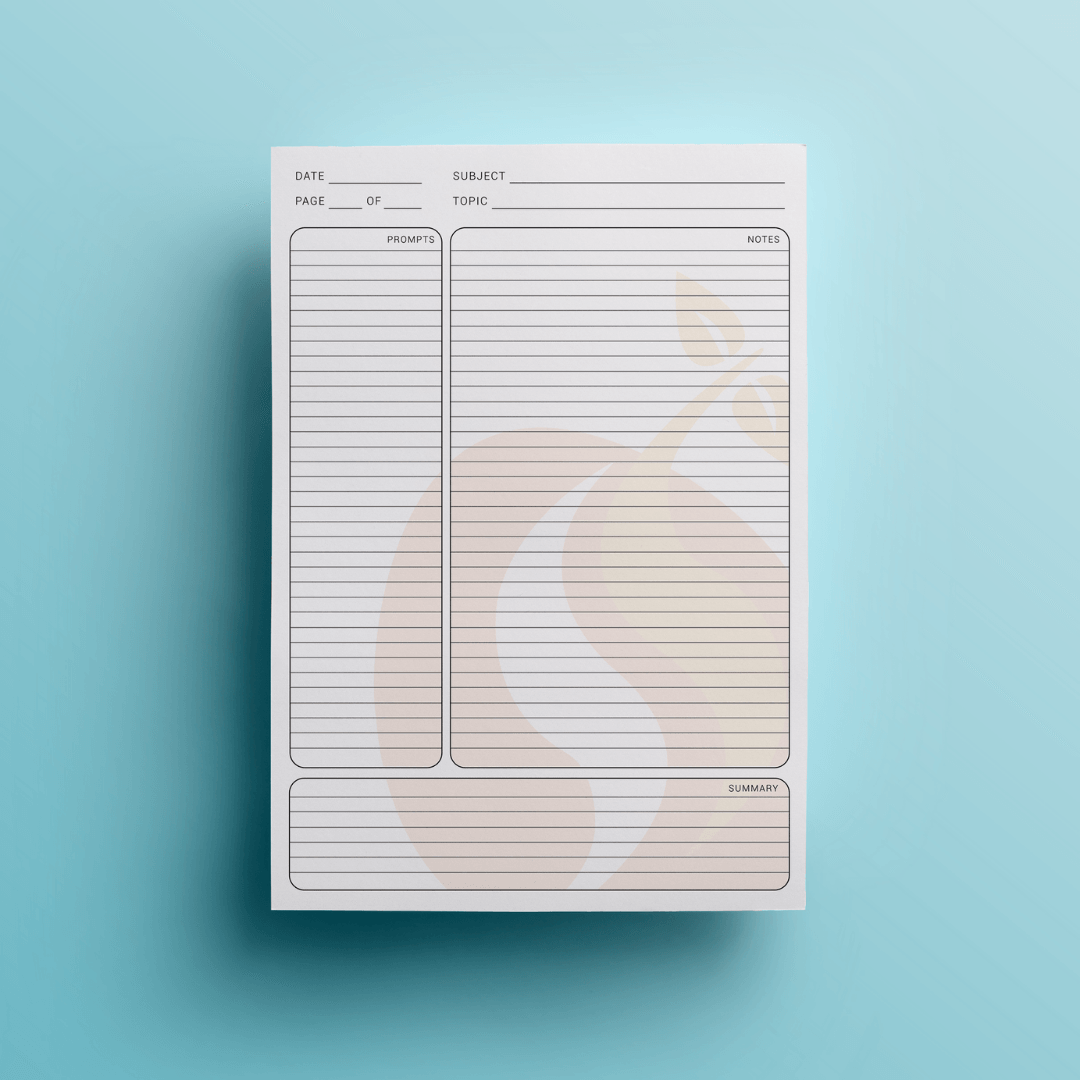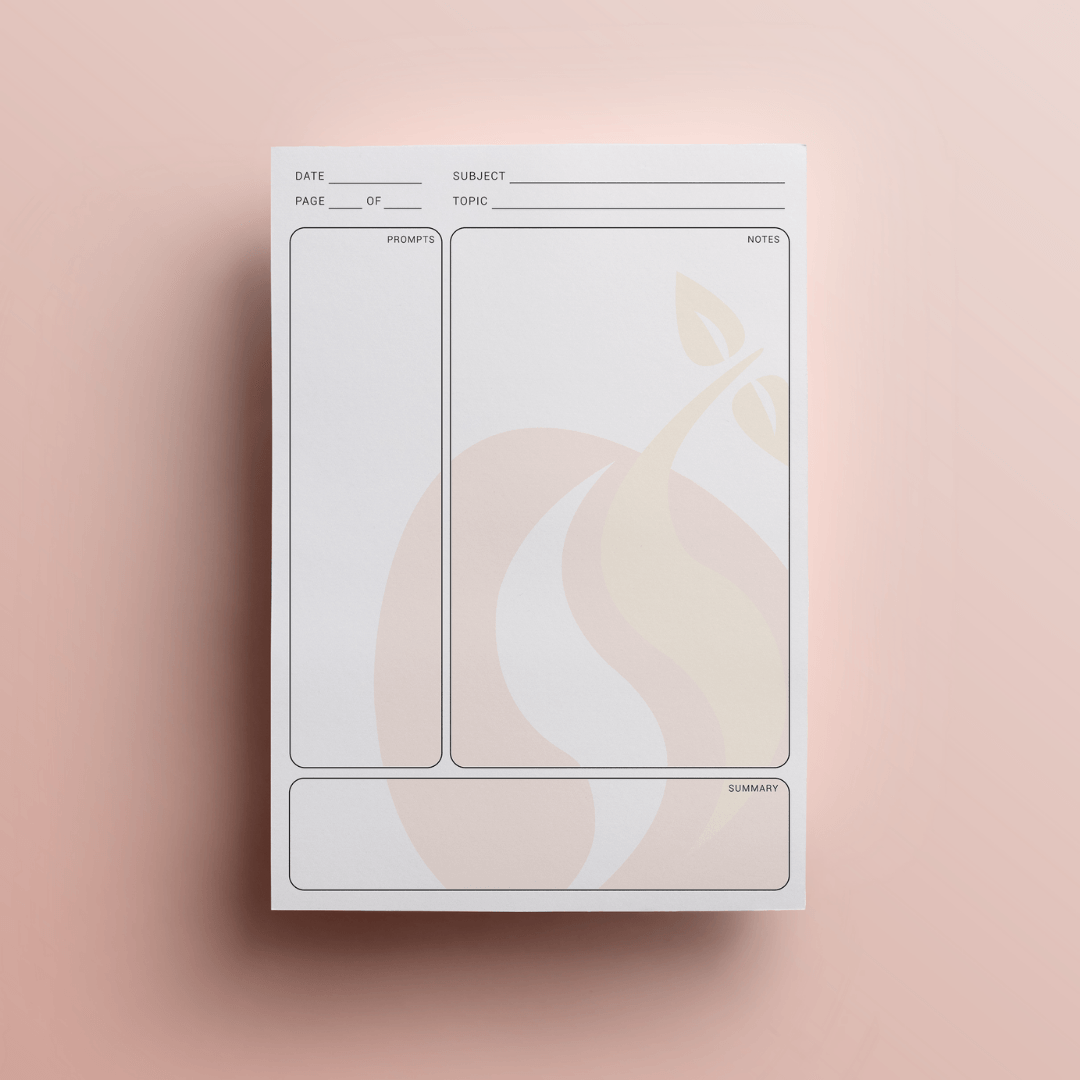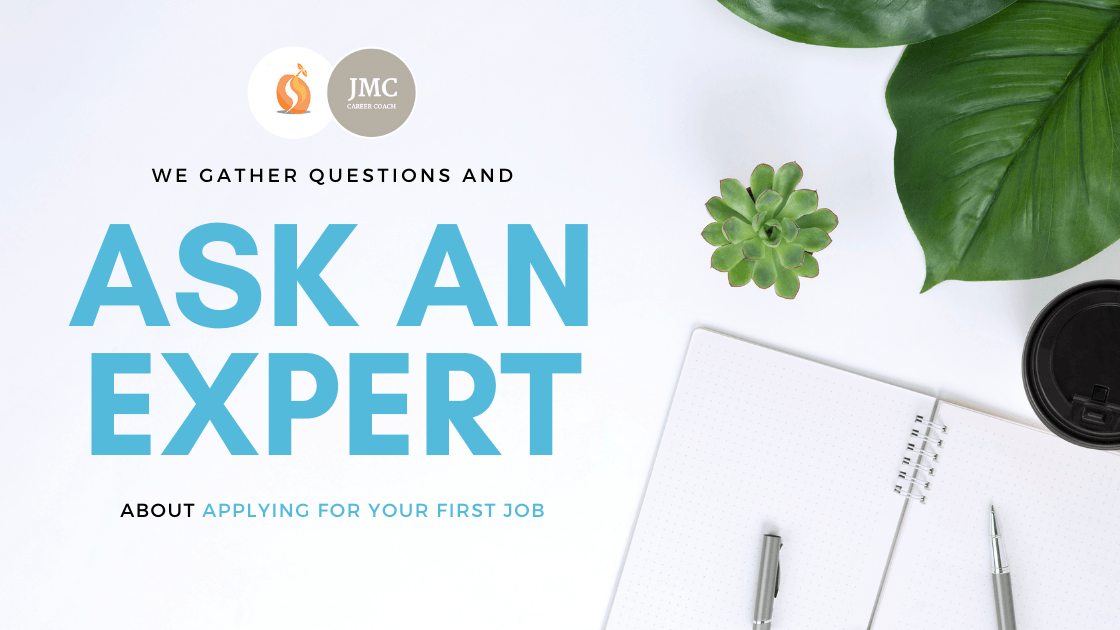How to Take Better Notes for Effective Revision and Study Organisation
Note taking. It’s something that all students find themselves doing - but something that they often receive little guidance on how to do well.
Good note-keeping should be concise, structured and organised. This guide is going to walk you through each of these aspects and explain how and why you should write your notes in a way that follows this approach. You can download our FREE note templates at the bottom of this page.
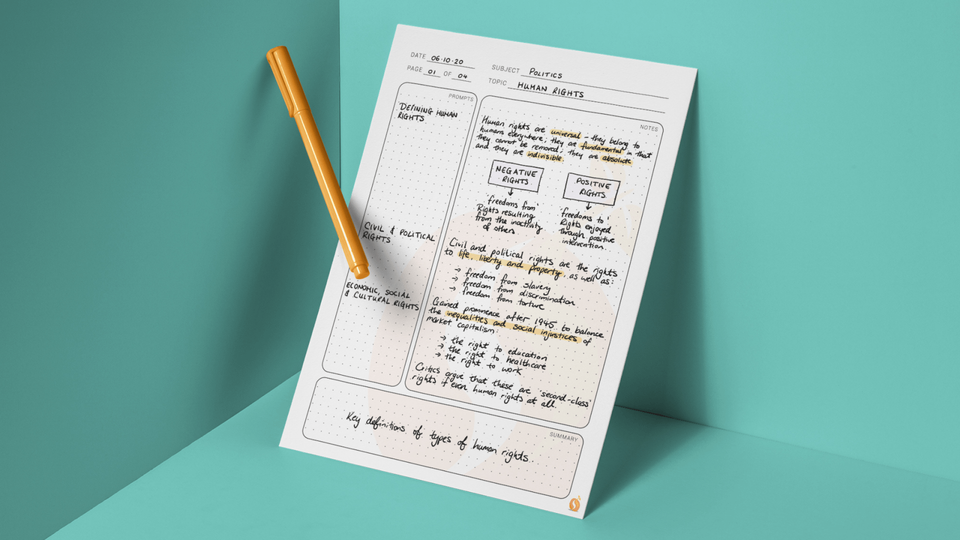
While these guidelines are ideal for university students for taking notes during lectures, we also recommend that students begin to follow these guidelines when preparing revision notes at secondary school level. Note taking is a skill that requires practice - so start early in preparation for when you’ll need to rely more heavily on your own notes at A-level and at university.
KEEP YOUR NOTES CONCISE
When you sit down to write out revision notes on a specific topic, you aren’t aiming to rewrite your course material all over again. You’ve got the textbook, the workbook or the module guide to refer to for the full details - so you shouldn’t be writing everything out in great detail again.
How many times have you started off writing revision notes that are detailed and perfectly highlighted before realising after spending a lot of time covering just a few topics that you’ll never get through all of the content before the exams at that level of detail? For those of you who have completed a year at university, how do your lecture notes from the beginning of term compare to the ones you took by the final week of the semester? (Did you even take notes in the final class? We’ve been guilty of this one ourselves… don’t worry.)
Let’s take the following example to illustrate how to condense a paragraph about pressure cooking down into note format:
Here you’ve got the detailed text from your textbook or workbook. There’s no point in writing this all out again for your notes because it’s going to take up too much time and we don’t actually need all of the information included in the paragraph.
Notes are better when you try to organise and rewrite the original material in your own words. This is particularly important if you’re gathering information for an essay - you don’t want to risk plagiarising another person’s work by forgetting that your notes aren’t written in your own words. To be safe, you should always keep a note of the original source material so that if you do end up using your notes as part of an essay, you’ll have the original source available to reference.
KEEP YOUR NOTES STRUCTURED
We’re big fans of the Cornell note-taking system for keeping our notes structured. Instead of writing notes across the entire width of your page, you divide your page into three sections, like this:
For lectures:
The idea behind the Cornell note-taking method is that, during a lecture, you write your notes into the main area on the page. After the lecture, you can go back and summarise your notes into key prompts or headings, which you can write down in the prompts section beside the relevant notes in the main body. At this point, you should also try to summarise everything on the page into a concise statement that you can write at the bottom in the summary section.
For revision/research:
We also recommend using this type of template for revision notes and notes that you take when researching material. Following the same idea, we recommend putting key points or questions to ask yourself in the prompt section. Then, fill in the relevant notes that expand on these points in the main section. The bottom section should summarise the contents of the page - that way, when you’re looking through your notes for a specific topic, you can check the summaries on the bottom of each page in order to find the page you’re looking for quickly.
Here’s an example of how we would fill out a page when making notes:
This format is particularly useful for when you want to test your own knowledge. Simply cover up the main section of the page and see how much of it you can remember from the prompts or questions that you’ve written down the side.
KEEP YOUR NOTES ORGANISED
Finally, there is no point in taking good revision or lecture notes if you can’t find them quickly when you need them. How you organise your notes will differ depending on your method of taking them.
Traditional notes (pen and paper!)
Keep your notes for each subject together - whether that means having a lever arch file dedicated to each subject, with topics separated by file dividers, or storing your notes in dedicated folders.
Even when keeping your notes organised like this, we strongly recommend that you save a copy of your notes in digital format as well. This is easy to do using apps on your phone that can quickly convert written pages into a digital PDF file that you can then store in folders on your computer or cloud-based account - like Google Drive or Dropbox.
We have used an app called Tiny Scanner for years to scan our written notes. It’s particularly handy as you can upload your PDF directly onto Google Drive or email it to yourself from the app. This way, if you need to consult your notes while away from home, you can access them instantly on your device.
Here’s an example of how we would save a revision note using Tiny Scanner:
First you take a photograph of your page - you can select ‘multi-page’ to scan in multiple pages as a single PDF document. Next, drag the corners to adjust the box to align with the edges of each of your pages. If you take your picture against an uncluttered background, the app will find the edges automatically for you. Once you have done this for each page, you can adjust the contrast and choose whether to save your file in colour or black and white. Finally, choose where to save your notes - it’s best to keep all your notes in organised folders so be consistent when saving these.
Digital notes
We strongly recommend using a matte screen protector to replicate the feeling of writing on paper if you’re planning on using your device for a lot of handwritten notes - it makes such a difference. It’s best to use a dedicated note-taking app like Good Notes 5 or Notability for writing digital notes using a tablet and smart pencil. Both of these apps have excellent systems for organising your notes into subject folders.
If you’re using our template, you can open the PDF file within these apps and set it as the page template to write your notes on directly. These apps also have the added benefit of letting you search your written notes using character recognition - we’ve found this feature to be very accurate (depending on how neat our writing is) as you can see below:
As always, you should save a copy of your notes on another cloud system just to make sure you have a back-up in case anything happens to the app or the device that the notes are saved on - you really can’t be too careful!
DOWNLOAD THE PRINTABLE TEMPLATES
Our note template is a PDF file that you can print off directly to use for handwritten notes or opened in a digital note-taking app so that it forms the page template for your document.
Share this Article:
Join our Facebook community:
